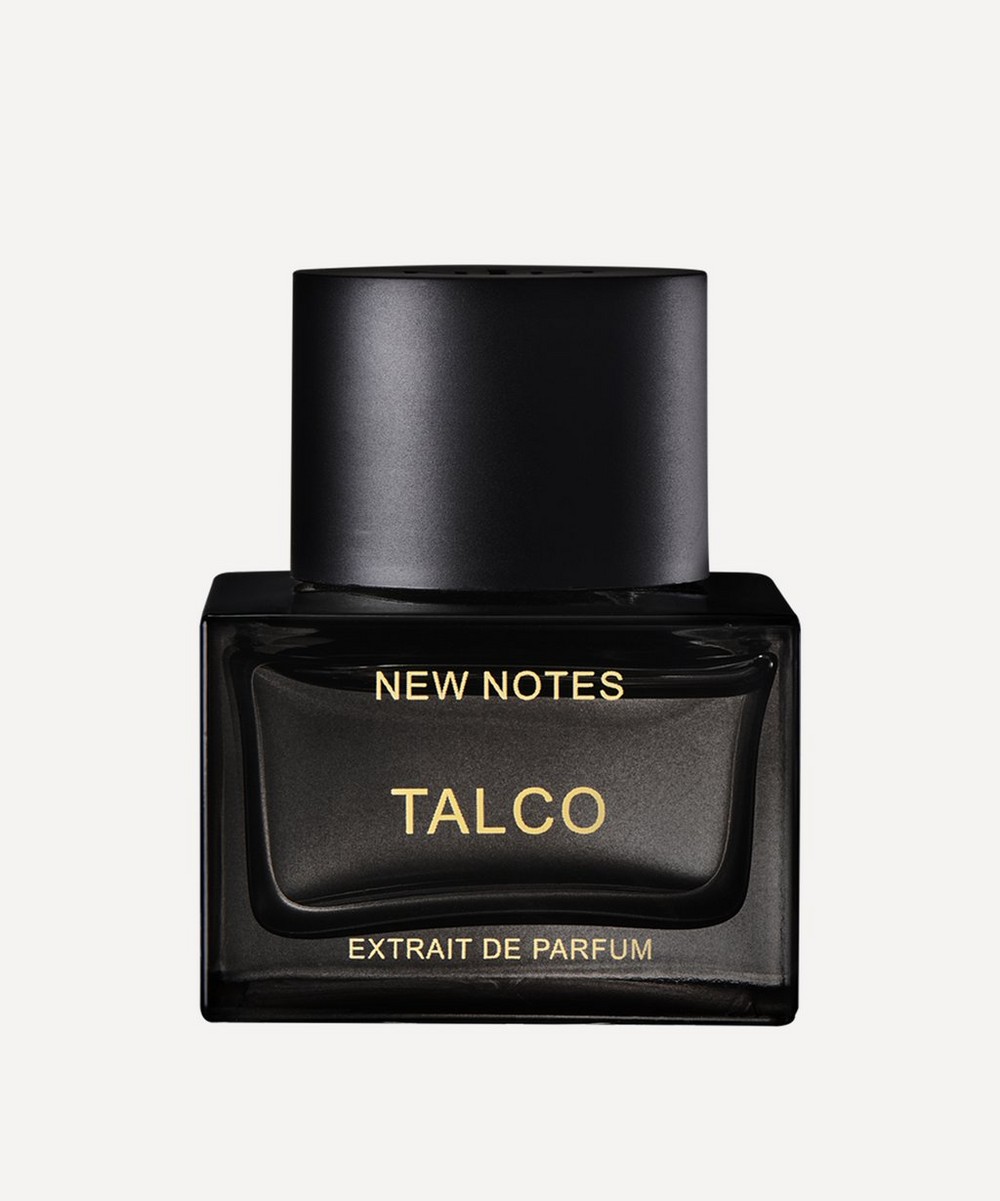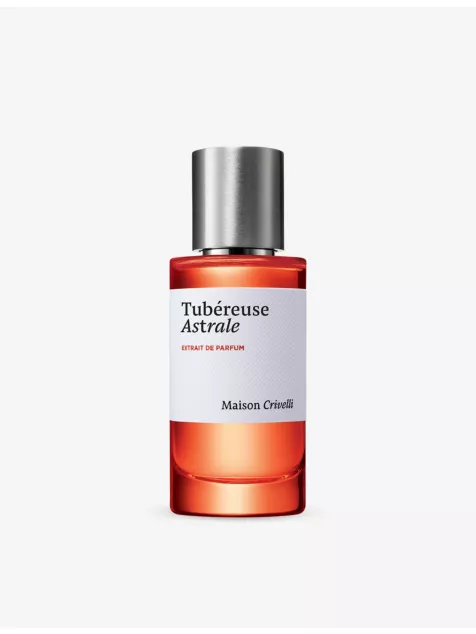I Always Get Compliments When I Wear This Expensive-Smelling Perfume
Gift me an hour alone in central London and you'll find me in one place only: Liberty London's Fragrance Lounge, sniffing and spritzing every perfume bottle in my vicinity. A playground for scent lovers, being let loose on the myriad of new and classic perfumes, eau de toilettes and extraits is akin to Christmas morning. And as a fragrance-obsessed beauty editor, it never gets old. Which is why, when I spotted more and more of this type of scent popping up, I was intrigued. Let's talk about extraits.

So, What Is An Extrait?
Extrait, quite simply, means extract in French and refers specifically to the very concentrated oil extracted from the raw materials used to make perfume. Now, though, the term is usually used to refer to a fragrance with a high oil concentration.
"For context, an eau de parfum is around 20% to 25% oil concentration and an eau de toilette is around 10%," Alex Verier, perfumer and founder of fragrance brand Foras explained to me. "An extrait, on the other hand, is a fragrance concentration above 40%. It's bolder, more intense.
Are Extraits More Concentrated And Stronger Smelling?
It makes sense, then, that an extrait would be louder and have increased longevity when compared to an eau de parfum. However, that's not always the case.
"It's not as simple to say that a higher [oil] concentration will result in a longer wear time and stronger scent," Josh Carter, a co-founder of fine fragrance platform Fiole and fragrance expert trained under Roja Dove, says. "There are several factors that can affect a fragrance's performance. The main one is how the ingredients [in the fragrance] behave. Bergamot, for instance, is very volatile. While it has incredible projection, it evaporates very quickly, even at 100% concentration. Oud, though, has a softer and more intimate scent but can continue to emit scented molecules for a very long time."
Rather than think of extraits as the brash, overpowering cousin to elegant eau de parfums and delicate eau de toilettes, think of them as a third variation, a way to play with the way fragrance smells by tinkering with the concentrations. Some are even suitable for everyday wear, it just depends on the notes that come through strongest. An oud or leather-heavy extrait may be best suited to evening wear or events while one formulated with citrus notes could transition between hot summer days and nights very well.
How Do You Pick An Extrait?
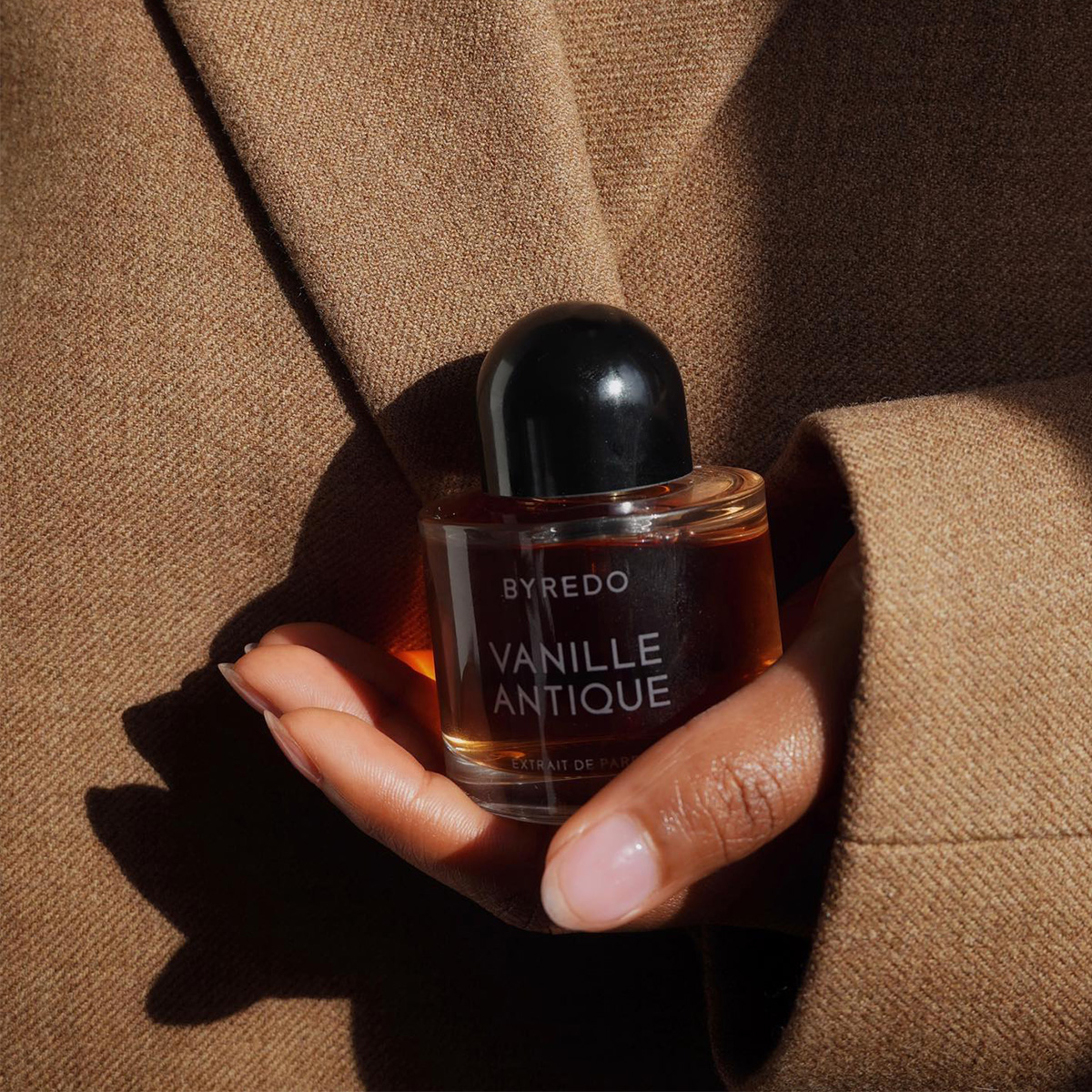
As with all fragrances—highly concentrated or otherwise—my best advice is to smell it in person. First, by spritzing it onto a blotter, noting the time and smelling it at fifteen or thirty-minute intervals for a couple of hours. As the scent develops you'll discover the heart and base notes and find out if you like them once the top notes have sloughed off.
Next, pop some on your skin. The way it intermingles with your natural scent will be a good marker of whether or not you should go for it. It seems arduous but, in my humble opinion, there's not much worse than a full bottle of perfume sitting on the side going to waste, simply because the way it dried down was so different to the way it smelled at first spray.
The Best Perfume Extraits
- Byredo Casablanca Lily Extrait De Parfum (£280)
- Byredo Tobacco Mandarin Extrait De Parfum (£280)
- Maison Francis Kurkdjian Baccarat Rouge 540 Extrait de Parfum (£355)
- Maison Francis Kurkdijan Amyris Femme Extrait De Parfum
(£305) - New Notes Talco Extrait De Parfum (£149)
- New Notes Queen of the Sea Extrait De Parfum (£149)
- Maison Crivelli Tubereuse Astrale Extrait De Parfum (£205)
- Guerlain L'art & La Matière Bergamote Fantastico Extrait (£495)
- Merit Retrospect L'Extrait De Parfum (£79)
1. Byredo Casablanca Lily Extrait De Parfum
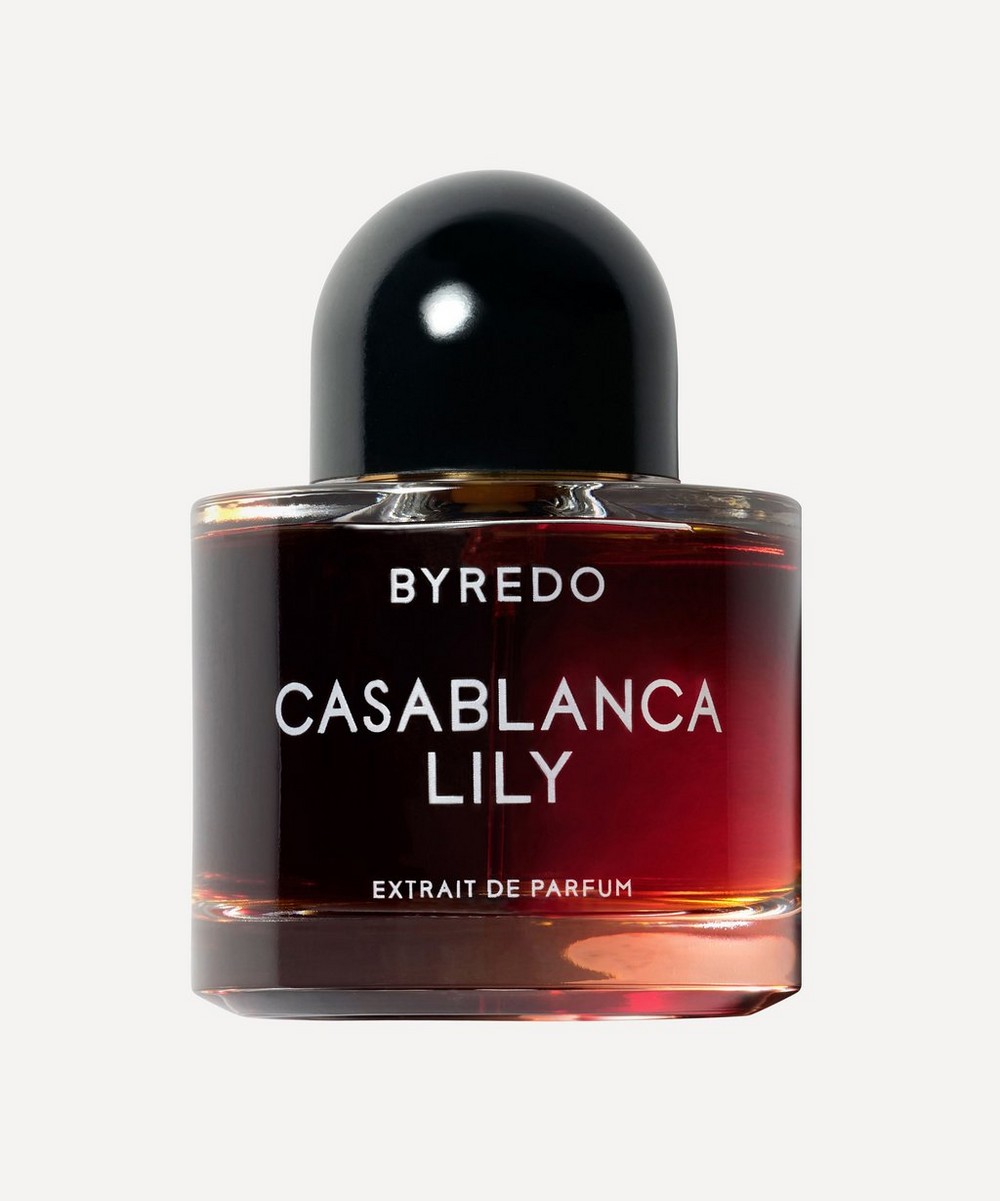
The names of Byredo fragrance are always sumptuous and indulgent. Mojave Ghost, Blance, Rose Of No Man's Land and Animalique, to name a select few. And when it comes to extraits, the trend continues. Casablanca Lily, an unctuous blend of plum and gardenia with Indian tuberose and rosewood, is a concentrated scent, perfect for hazy, sensual evenings. Think floral and sweet without being juvenile, it's the epitome of quiet, yet undeniable, luxury.
2. Byredo Tobacco Mandarin Extrait De Parfum

Spiced fragrance lovers unite. Byredo's Tobacco Mandarin extrait de parfum has top notes of tart mandarin, fresh coriander and warm cumin, with a leather, tobacco heart giving smoky, smoothness to the middle. Oud and creamy sandalwood form the base and the overall effect is a bold, rich scent that'll nestle into clothes and seep into the skin. Best practise is to spritz once and assess.
3. Maison Francis Kurkdjian Baccarat Rouge 540
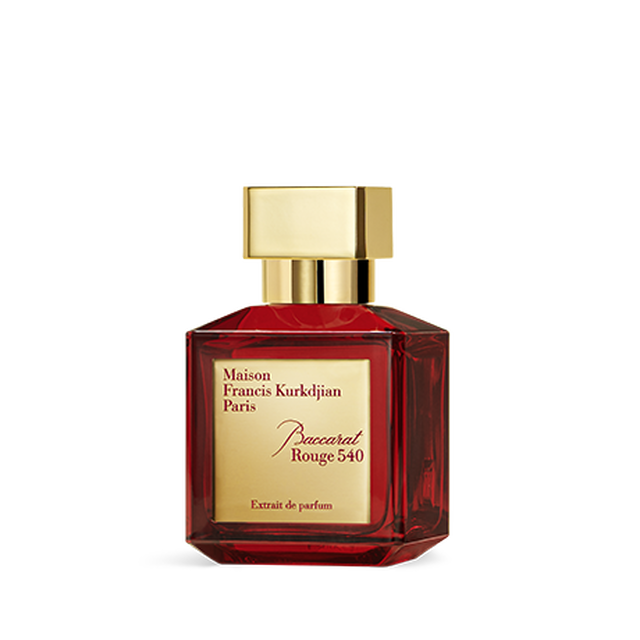
The chance of encountering perfumer Francis Kurkdijan's Baccarat Rouge 540 grows ever larger by the day, its popularity snowballing. The extrait, though, is more unusual, a deeper, richer, smoother scent than the eau de parfum. Like its less concentrated sibling, though, the extrait brings together saffron and bitter almond, jasmine, cedar and musk.
4. Maison Francis Kurkdijan Amyris Femme Extrait De Parfum
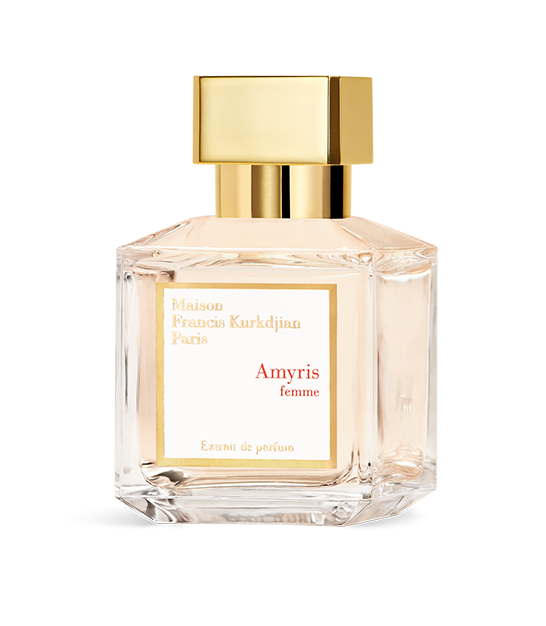
If powdery, floral, sweet-but-not-sugary scents are your thing, this Maison Francis Kurkdijan extrait will tick ever box. Luminous and energetic, the scent is rich in white flowers like jasmine and iris with zippy vibrancy from the mandarin blossom and pear.
5. New Notes Talco Extrait De Parfum
6. New Notes Queen of the Sea Extrait De Parfum
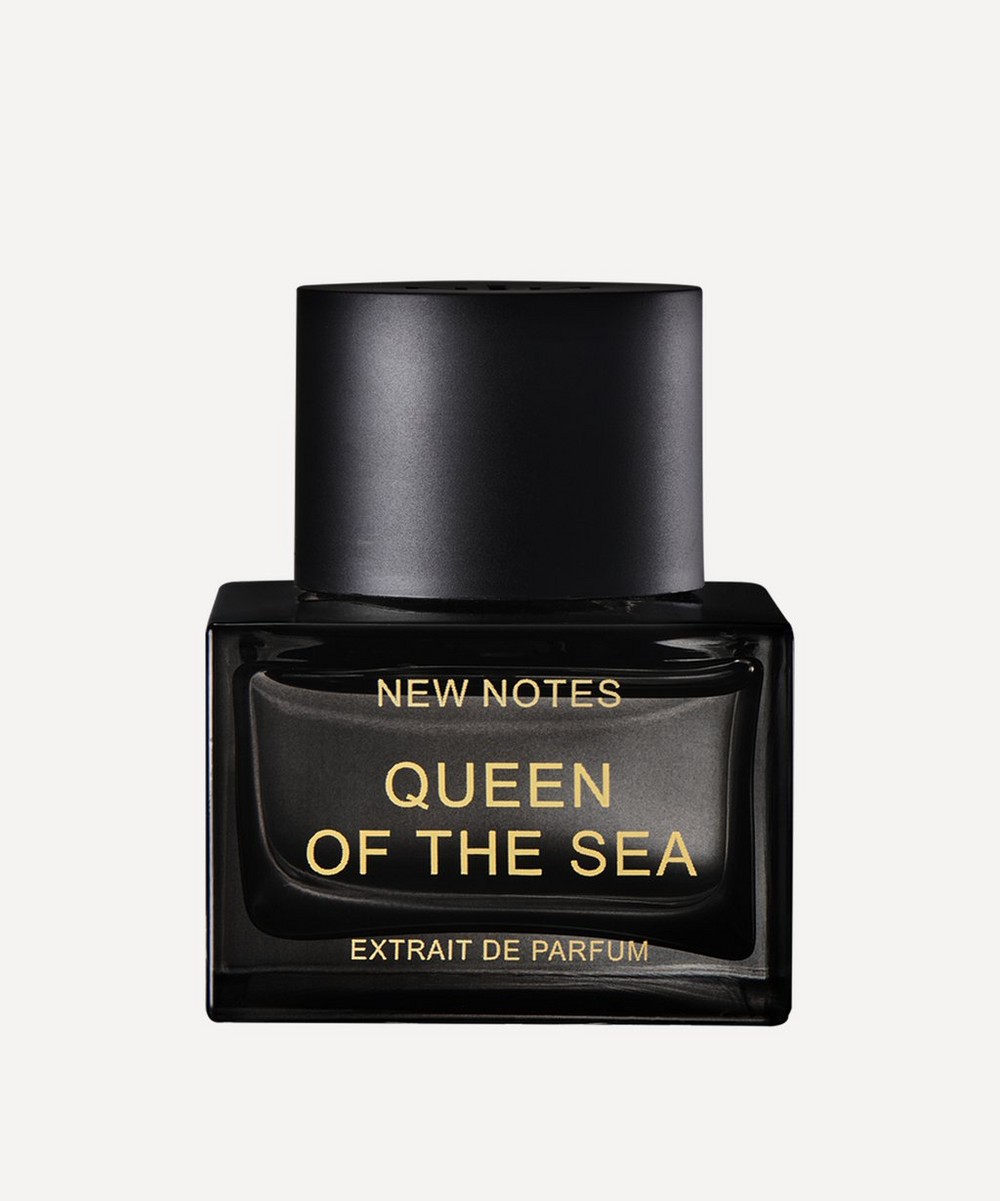
Think of Positano in the summer; an azure sea lapping at an Italian idyll, the promise of a afternoon sleep and freshly caught supper on the horizon – this is what this extrait reminds me off. With top notes of sea water, lemon, pink grapefruit and neroli, it's underpinned by sensual rose, magnolia, patchouli.
7. Maison Crivelli Tubereuse Astrale Extrait De Parfum
8. Guerlain L'art & La Matière Bergamote Fantastico Extrait
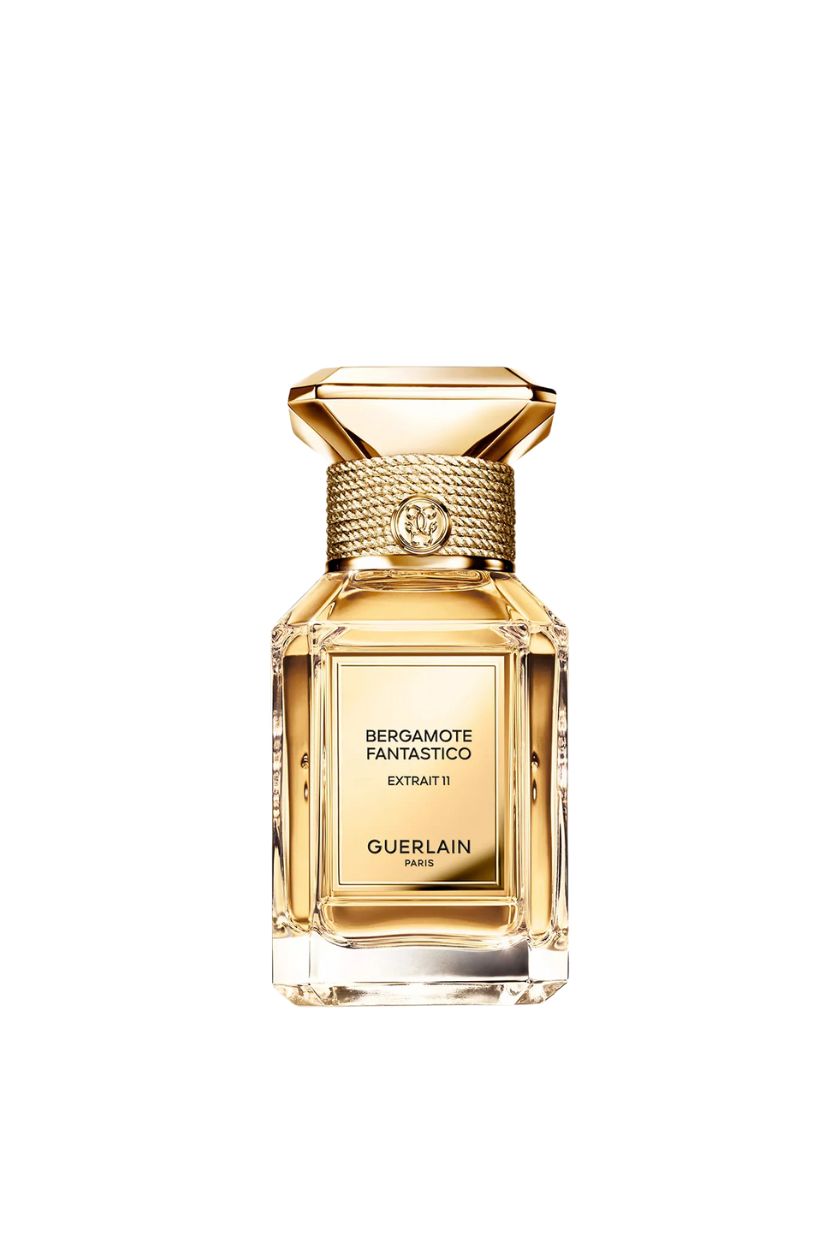
A 30% concentration, this Guerlain extrait is crisp and bright, heavy on citrus and spice, with an aromatic, greenness underpinning it. Vibrant with a refreshing bitterness, it sinks into the skin as if you had squeezed a freshly picked bergamot directly onto your skin.
9. Merit Retrospect L'Extrait De Parfum

"I don't know a beauty editor who doesn't love Merit's Retrospect," says Who What Wear UK beauty editor, Eleanor Vousden. "With its warm yet fruity-floral composition, it's the ultimate minimalist perfume. The notes of delicate florals paired with fruity pear and smooth musk, moss and vanilla evoke a sense of timeless elegance, while still feeling effortlessly fresh and contemporary. It’s the kind of scent that lingers in the background, making a quietly confident statement without ever being overwhelming. Thanks to the 30% perfume concentration, it lasts for hours on end too."
Morgan is a Who What Wear contributor and freelance beauty editor published in Refinery29, Cosmopolitan, Marie Claire and more. She is the former beauty editor of Stylist Magazine. When not tapping away at her keyboard, Morgan is usually found interviewing brand founders and celebrities or creating beauty and skincare content for brands or for her own social media channels.
-
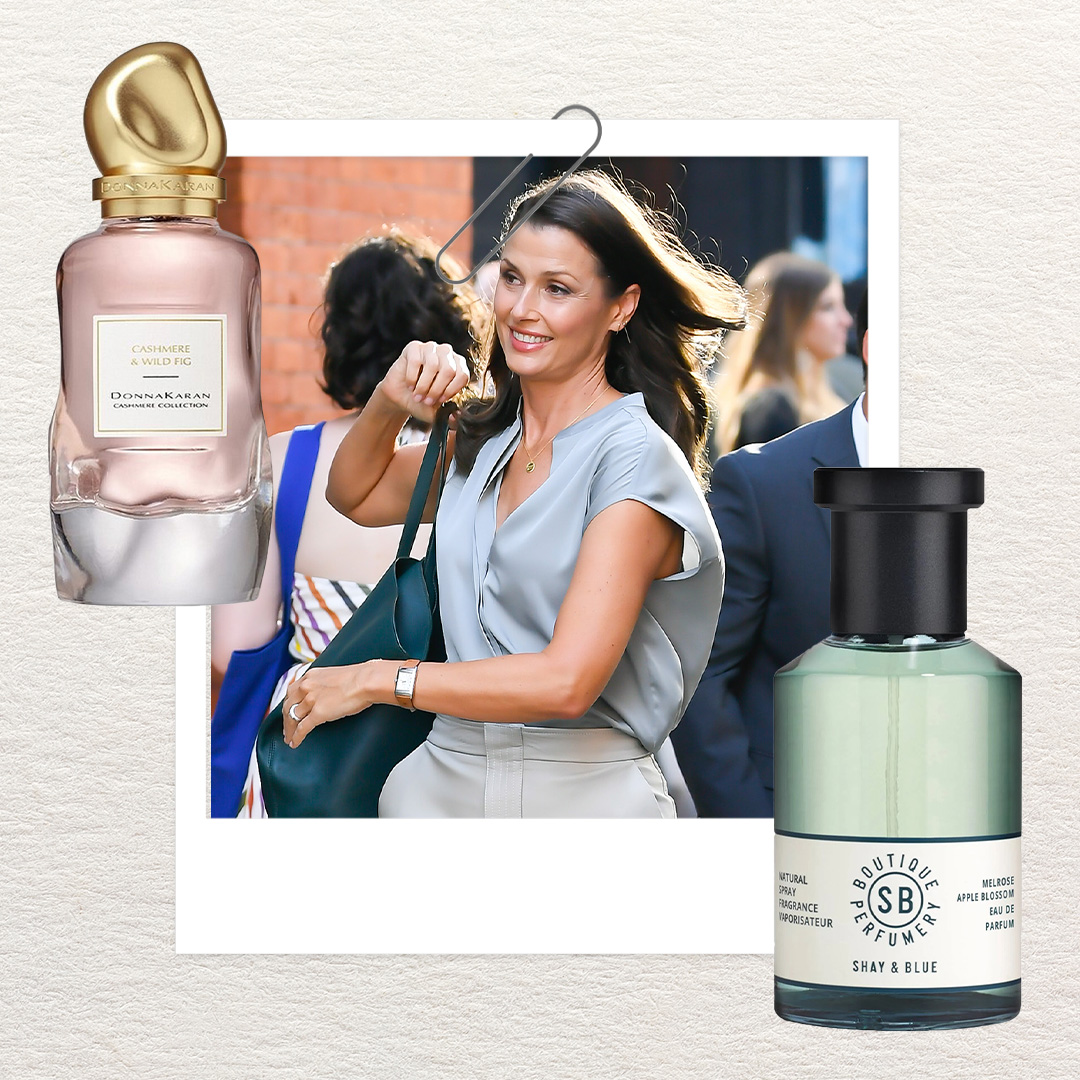 Trust Me—This Grounding, Fragrance Note is Definitely Natasha Naginsky–Coded
Trust Me—This Grounding, Fragrance Note is Definitely Natasha Naginsky–CodedClean, calm, and collected.
-
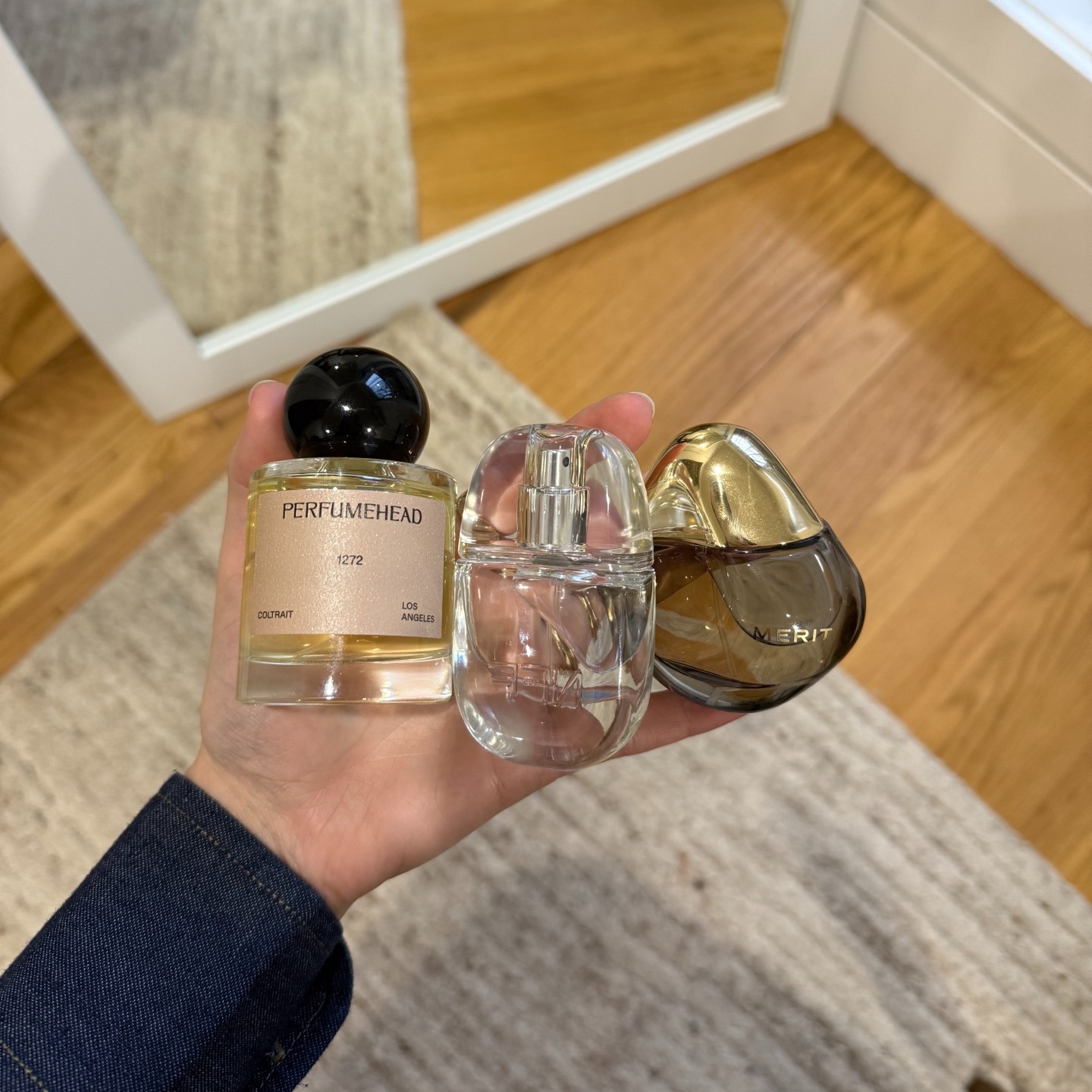 I Tried a Fragrance Essence, and People Can't Stop Commenting on How "Clean and Crisp" I Smell
I Tried a Fragrance Essence, and People Can't Stop Commenting on How "Clean and Crisp" I SmellAllow me to explain.
-
 This Fragrance Advent Calendar Is So Good I Couldn't Resist Opening Up All 24 Surprises
This Fragrance Advent Calendar Is So Good I Couldn't Resist Opening Up All 24 SurprisesIt's not too late to get yours.
-
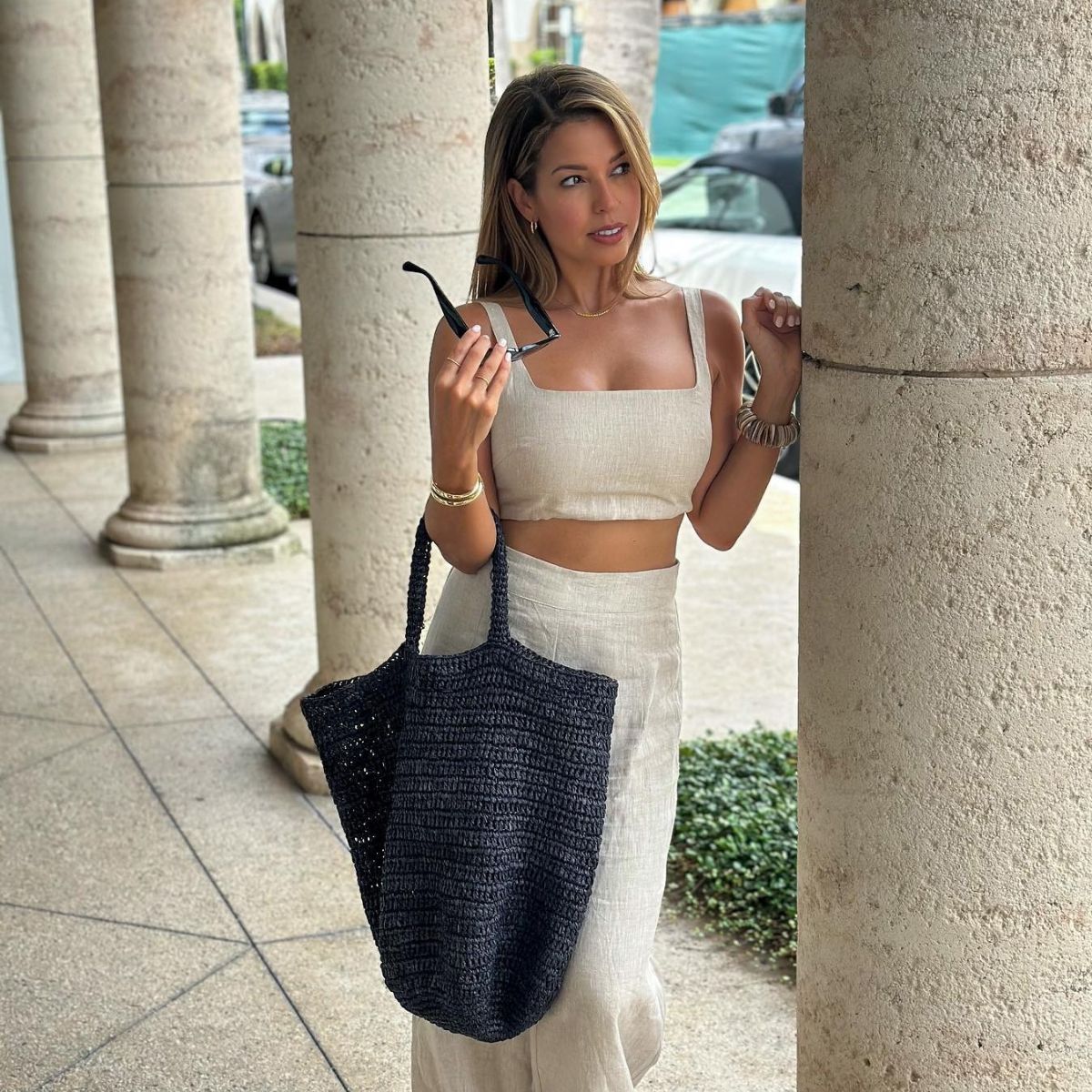 My Ridiculously Cool Aunt Has the Best Beauty Recs—16 Nordstrom Finds We're Both Shopping on Cyber Monday
My Ridiculously Cool Aunt Has the Best Beauty Recs—16 Nordstrom Finds We're Both Shopping on Cyber MondayDeals on Dyson, Tom Ford, and Jo Malone from $17.
-
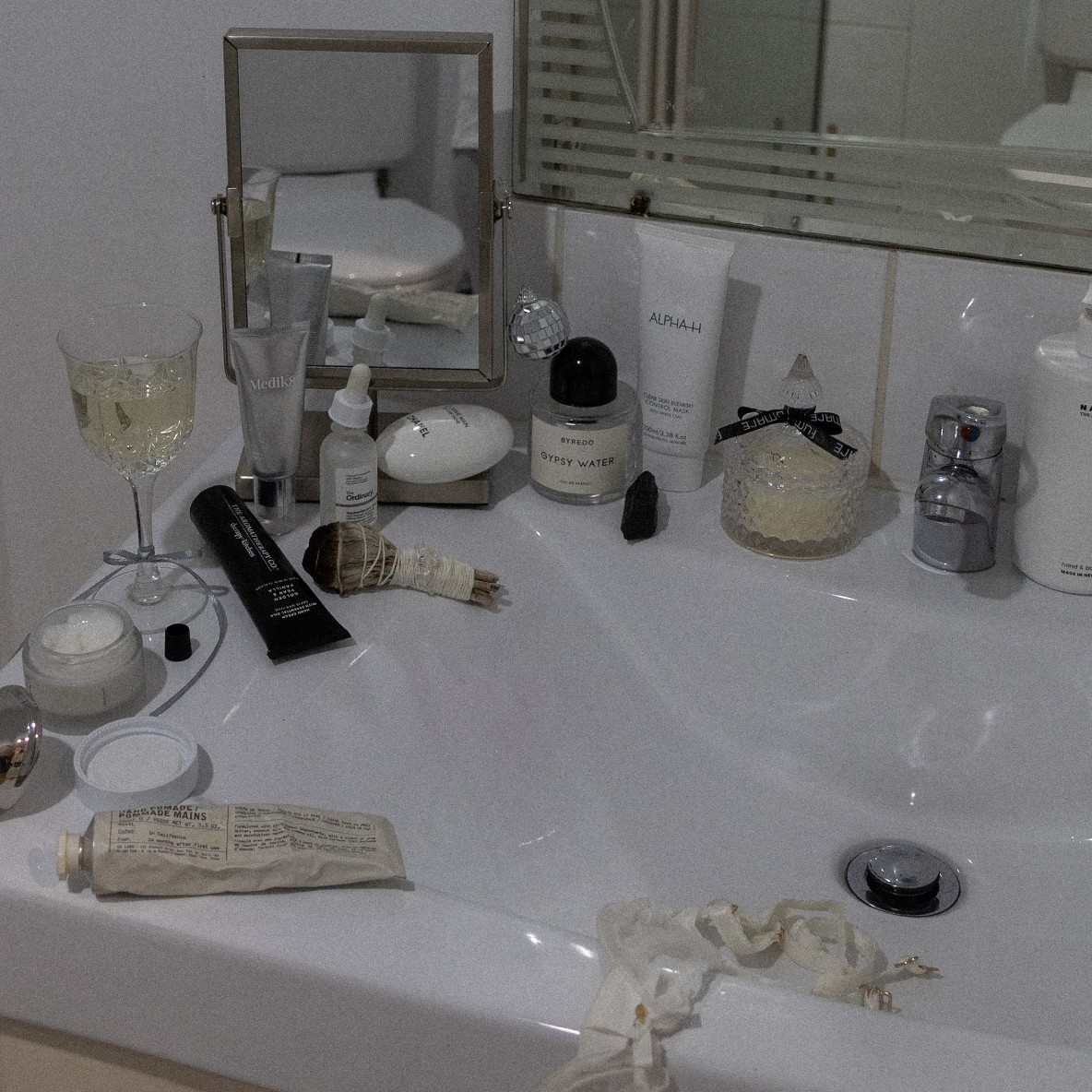 I'm a Beauty Editor—My Cyber Monday Spending Is Going Toward These 28 Normally High-Ticket Items
I'm a Beauty Editor—My Cyber Monday Spending Is Going Toward These 28 Normally High-Ticket ItemsIf it's not 25% or more off, it doesn't make the list.
-
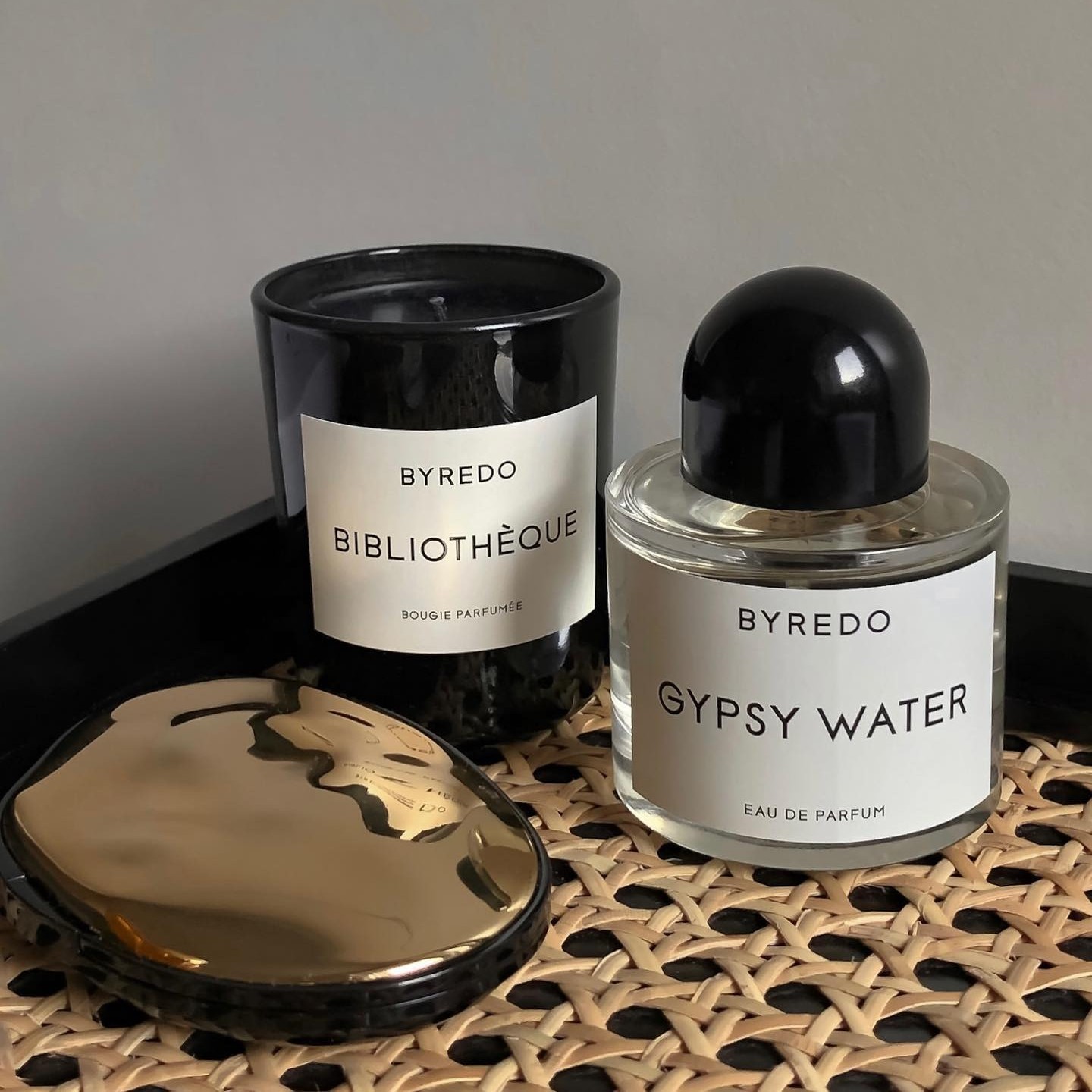 Byredo Famously Never Goes on Sale, But Here’s a Cheat Code to Score the Most Bang for Your Buck
Byredo Famously Never Goes on Sale, But Here’s a Cheat Code to Score the Most Bang for Your BuckHurry—this deal won't last.
-
 YSL! Phlur! Tom Ford! The Chicest Perfumes Are Wildly Discounted for Nordstrom's Cyber Week Sale
YSL! Phlur! Tom Ford! The Chicest Perfumes Are Wildly Discounted for Nordstrom's Cyber Week SaleI'm spoiled for choice here.
-
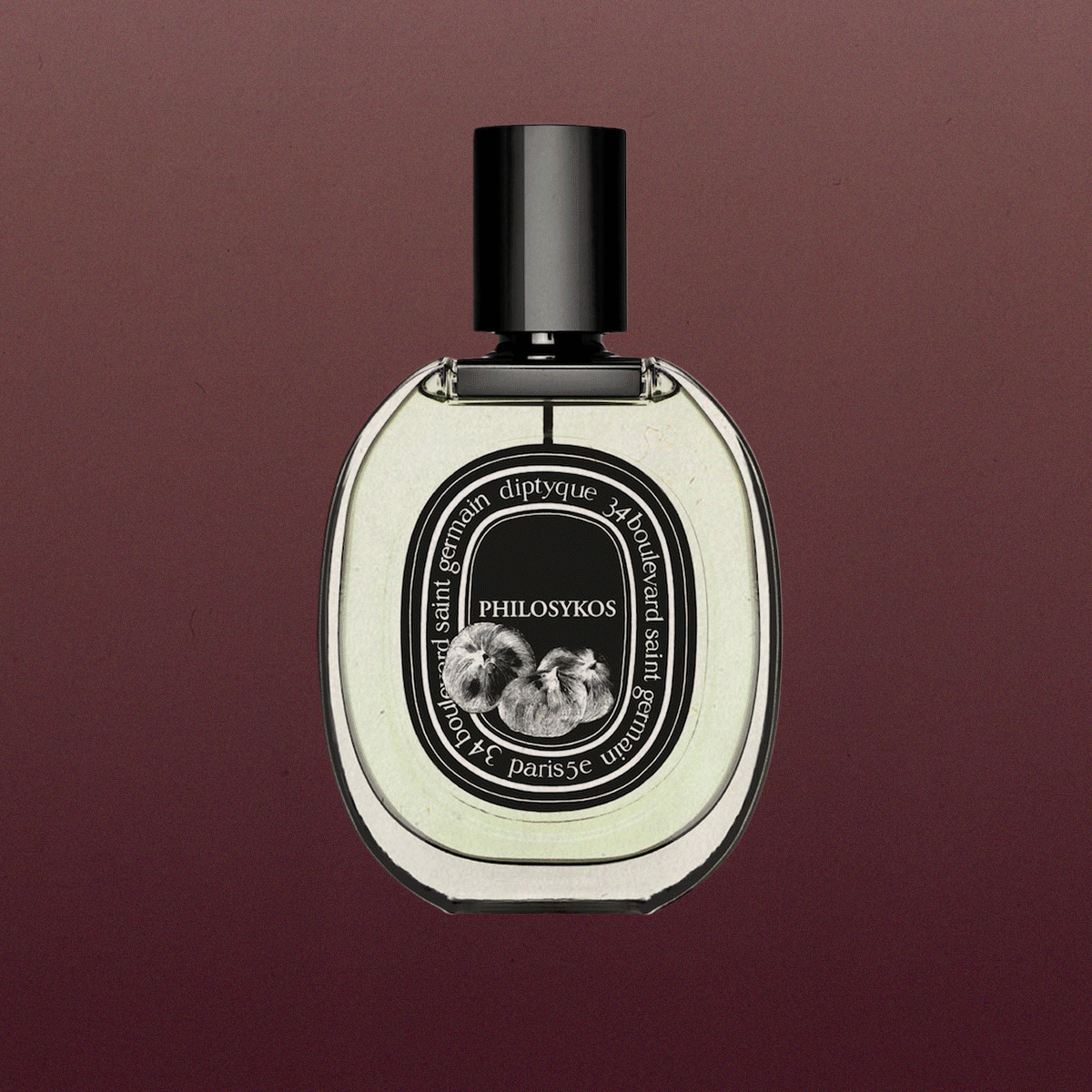 Fig Girl Fall Is Officially Upon Us: This Is How to Master the Jammy Trend, From Scent to Skin
Fig Girl Fall Is Officially Upon Us: This Is How to Master the Jammy Trend, From Scent to SkinIt's time to tap in.
